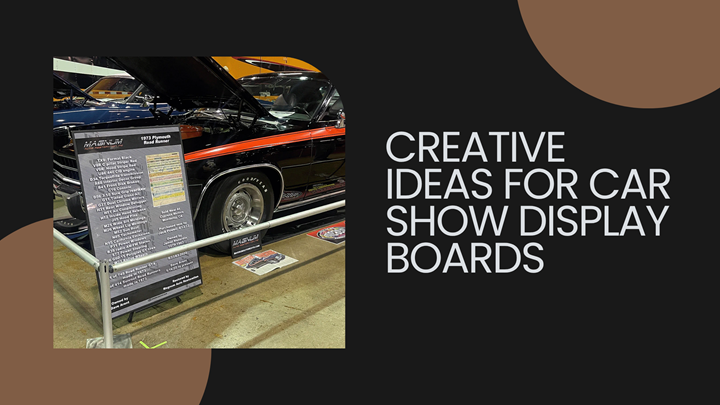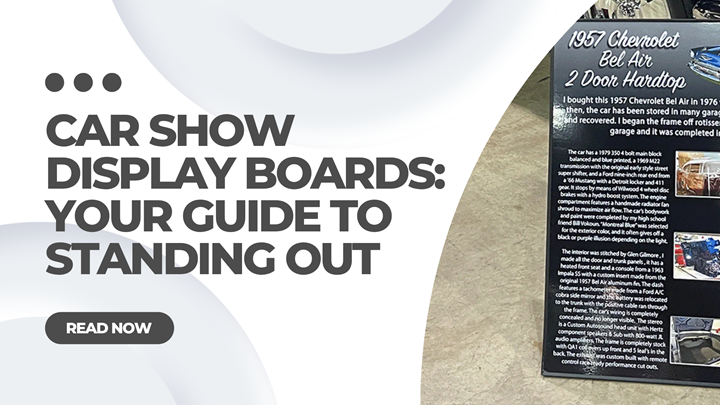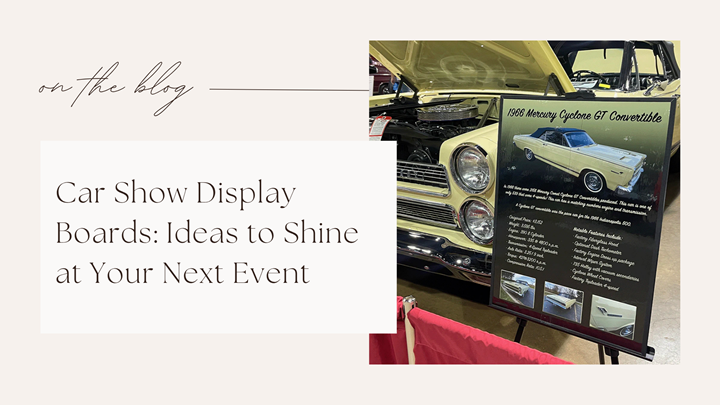In the high-stakes world of streetwear, few rivalries are as iconic as BAPE vs. Supreme. Both brands have risen from niche subcultures to global powerhouses, each with a devout following, instantly recognizable logos, and a long list of celebrity endorsements. But as we stand in 2025, the landscape has shifted. The question is no longer just who’s hotter right now—it’s about cultural impact, longevity, innovation, and how each brand continues to define (or defy) what streetwear even means.
So, who really rules the streetwear world today—BAPE or Supreme? Let’s break it down.
Origins: Two Different Cultures
BAPE (A Bathing Ape) was born in Harajuku, Tokyo, in 1993. Founded by Nigo, the brand merged Japanese pop art sensibilities with American hip-hop culture. BAPE quickly became known for its loud camouflage prints, Ape https://bapeclothings.us/ , and Shark Hoodies. Scarcity, exclusivity, and cross-cultural appeal turned it into a global obsession by the early 2000s.
Supreme, on the other hand, was founded in 1994 in downtown New York by James Jebbia. Originally a skate shop catering to a tight-knit scene, Supreme evolved into a cultural tastemaker. With a minimalist red-and-white box logo and a no-frills design approach, it captured the ethos of rebellious youth and urban cool.
🟢 Winner – Origins: Tie.
Both brands were born from authentic subcultures and stayed true to their local roots before expanding globally.
Aesthetic & Brand Identity
BAPE leans heavily into bold design: loud prints, cartoon graphics, and playful collaborations with pop icons like SpongeBob, Hello Kitty, and Dragon Ball Z. It thrives on maximalism and nostalgia, attracting fans who favor statement pieces and recognizable branding.
Supreme embraces minimalism and irreverence. Its strength lies in simplicity—Box Logo tees, understated designs, and shock-value collaborations. Supreme’s identity is cooler, grittier, and more rooted in anti-establishment aesthetics.
🟢 Winner – Identity: Supreme.
While BAPE’s playful visual identity has mass appeal, Supreme’s brand is more cohesive and culturally sharp.
Collaboration Game
Both brands are legendary for their collaborations.
-
BAPE has teamed up with Adidas, Marvel, Undefeated, Coca-Cola, and countless anime franchises. It plays well with both streetwear and pop culture.
-
Supreme has worked with The North Face, Nike, Louis Vuitton, Tiffany & Co., and even Mac Tools. Its collaborations are seen as more elite and artful.
The Louis Vuitton x Supreme collab in 2017 was a seismic moment that arguably changed fashion forever. BAPE has never had a single collaboration of equal cultural magnitude.
🟢 Winner – Collaborations: Supreme.
Supreme’s partners are more high-end and transformative, giving the brand an edge in fashion credibility.
Cultural Influence & Celebrity Power
BAPE gained massive traction in the early 2000s thanks to Pharrell Williams, Kanye West, and Lil Wayne. It was the uniform of hip-hop tastemakers and defined the bling-era aesthetic.
Supreme has always played it cooler, relying on organic influence from skaters, rappers, and artists. Everyone from Tyler, the Creator to Rihanna to André 3000 has worn Supreme, but the brand rarely acknowledges celebrity co-signs, which only adds to its mystique.
🟢 Winner – Influence: Tie.
BAPE’s influence peaked earlier, but Supreme’s cool factor has had a longer-lasting grip on the fashion elite.
Business Moves & Expansion
BAPE, under Hong Kong-based conglomerate I.T Group, has expanded significantly, opening stores worldwide and increasing output. This move made BAPE more accessible—but arguably less exclusive.
Supreme was acquired by VF Corporation (parent company of Vans and The North Face) in 2020 for $2.1 billion. While many feared a sell-out, Supreme has retained its drop model and mystique, even while expanding.
🟢 Winner – Business Strategy: Supreme.
Supreme has grown while maintaining its perceived exclusivity, a rare feat in fashion.
Resale & Hype Culture
Both brands dominate resale markets, but Supreme generally commands higher resale prices—especially for Box Logos, outerwear, and rare accessories. Supreme’s drops still crash websites and sell out in minutes.
BAPE still has a resale presence, especially for vintage pieces or collabs, but much of its product is more widely available, which has diluted the hype somewhat.
🟢 Winner – Hype: Supreme.
Supreme continues to master the drop game with unmatched precision and scarcity.
Sustainability and Ethics
Neither BAPE nor Supreme is a leader in sustainability, but Supreme has shown slightly more willingness to participate in ethical conversations, especially under VF Corporation’s ESG standards.
🟢 Winner – Sustainability (by default): Supreme.
Still, both brands have a long way to go if they want to meet 2025’s evolving consumer expectations around responsibility.
Who Reigns Supreme?
| Category | Winner |
|---|---|
| Origins | Tie |
| Aesthetic/Identity | Supreme |
| Collaborations | Supreme |
| Influence | Tie |
| Business Strategy | Supreme |
| Hype & Resale Value | Supreme |
| Sustainability | Supreme* |
✅ Final Verdict: Supreme rules the streetwear world in 2025.
But it’s not a blowout—BAPE is still culturally relevant, historically vital, and beloved by collectors. While Supreme has mastered the art of subtle reinvention and elite exclusivity, BAPE remains more accessible, visually playful, and pop culture-driven.
Can BAPE Regain the Throne?
Absolutely. If BAPE sharpens its design direction, embraces sustainability, and reconnects with its roots rather than overproducing, it can reclaim some of the mystique that made it legendary.



